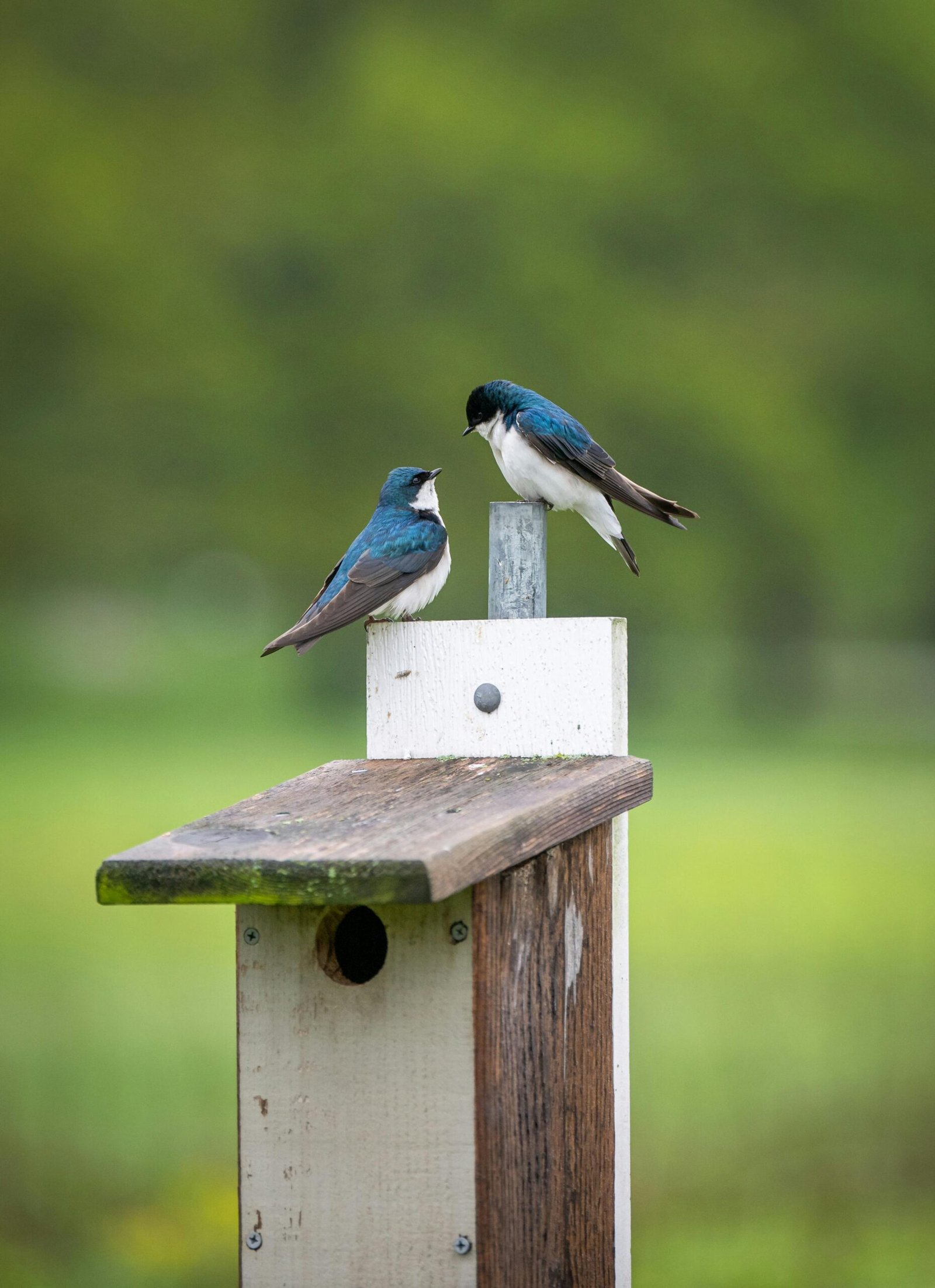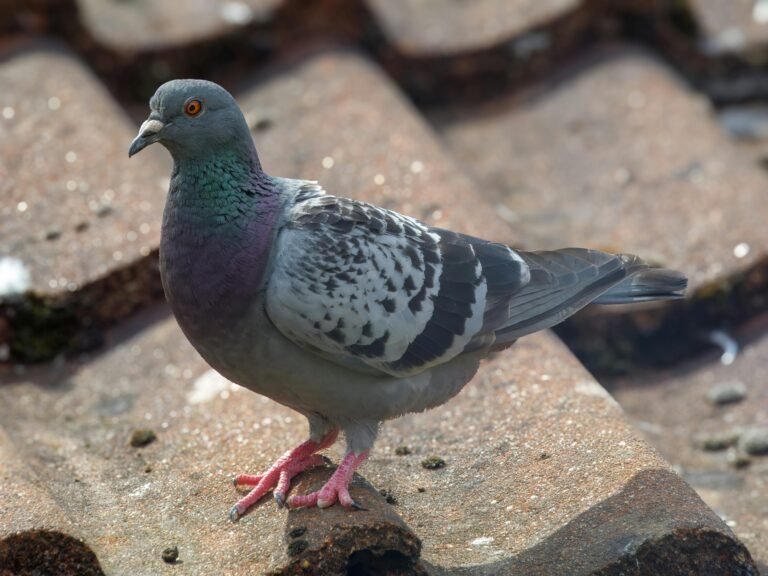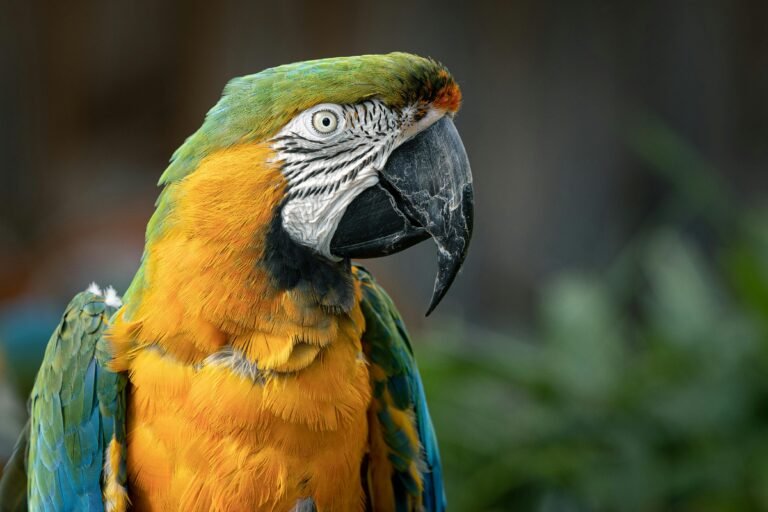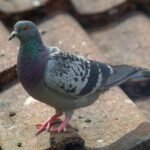Introduction: My Unexpected Fascination with the Swallow
Let me tell you something weirdly wonderful—I never expected to become obsessed with the swallow bird. But there I was, sitting on the back porch, coffee in hand, watching one swallow zip through the sky like a tiny fighter jet. Their grace, speed, and confidence pulled me in. Within a week, I was reading every article I could find, scanning the skies like a birdwatching detective, and even naming the swallow nesting in my eaves. (One of them was Swoopzilla, for obvious reasons.)
That curiosity led me down a rabbit hole of swallow behavior, nesting habits, migration secrets, and cultural meanings. If you’ve ever wondered about these acrobatic little creatures, stick with me—this blog is your ultimate, human-to-human guide to understanding the life of a swallow
What Exactly Is a Swallow Bird? (Hint: Not Just Another Small Bird)
Swallows belong to the family Hirundinidae, and they’re known for their streamlined bodies, forked tails, and unbelievable flying skills. They’re insectivores, meaning they feed mainly on flying insects—mosquitoes, gnats, and flies beware.
But what makes the swallow bird behavior truly remarkable is how much of their life happens on the wing. These swallow don’t just fly—they live in the air. They eat, drink, and even bathe while flying. Their entire physiology is adapted for this, from their aerodynamic bodies to their broad, pointed wings.
✅ Fun Fact: Some swallow can fly over 600 miles in a single day during migration!
Behavior: Smart, Social, and Super Strategic
Now let’s dig into swallow bird behavior, because it’s fascinatingly complex. I’ve watched these swallow interact, nest, and even scold each other like tiny skybound roommates.
Key Behavioral Traits:
- Highly social – Swallow birds often live in large colonies and even migrate in flocks.
- Territorial – Especially during nesting season. I’ve seen two barn swallow literally have a mid-air shouting match.
- Loyal – They often return to the same nesting spots year after year.
- Adaptable – They’ll nest in cliffs, buildings, bridges—wherever there’s a ledge.
Swallow also exhibit a behavior known as aerial foraging—swooping through the air in figure-eights and zigzags to catch bugs. It’s like a dog park in the sky.
Habitat: Where Do Swallow Birds Live?
Here’s where things get even cooler. Swallow bird habitat spans across every continent except Antarctica. These swallow are like the Airbnb travelers of the avian world—making themselves at home from savannas to suburbs.
Common Nesting Sites:
- Building eaves
- Barn rafters (hence “barn swallow”)
- Under bridges
- Cliff ledges
- Hollow trees
They use mud, twigs, feathers, and even bits of plastic to build their iconic cup-shaped nests. I’ve actually seen a swallow try to steal a napkin off my patio to use as nesting material. Resourceful little architects!
Migration: Swallows on the Move
Want to hear something mind-blowing? Some swallow birds migrate over 7,000 miles between seasons. The barn swallow, for example, travels from North America to South America and back every year. That’s like flying from New York to Patagonia in a body smaller than a hot dog bun.
These migrations are timed perfectly to follow warm weather and insect availability. It’s one of the most remarkable cycles in the bird kingdom.
External Link: Audubon Society: Swallow Migration Patterns
Swallow Species Types: Not All Swallow Birds Are the Same
There are over 80 known swallow bird species, and they’re not all created equal. Here are a few types you might recognize:
1. Barn Swallow Bird
- Most common in North America
- Deeply forked tail
- Builds nests in man-made structures
2. Tree Swallow Bird
- Slightly stockier
- Glossy blue-green feathers
- Nests in hollow trees and birdhouses
3. Cliff Swallow Bird
- Builds gourd-shaped mud nests
- Found under bridges and cliffs
4. Bank Swallow Bird
- Digs tunnels into sandy riverbanks
- Smallest swallow bird species in North America
Each has unique behaviors, nesting rituals, and migration routes—making the study of swallow species types incredibly rich and diverse.
What Is Special About a Swallow Bird?
Swallow birds are special in so many ways. Their aerodynamic design makes them some of the most agile flyers in the bird world. But what really grabs me is their lifestyle—these swallow spend the majority of their life in flight. That’s like choosing to live your whole life in a car, never parking.
They’re also known for their strong pair bonds—many swallow mate for life. And they don’t just travel—they navigate thousands of miles with pinpoint accuracy, returning to the same nesting spots every year. These are not just birds; they’re sky-bound marvels.
Are Swallows Good Omens?
Absolutely, yes—swallow birds are widely considered good omens across cultures. In ancient times, their return was celebrated as a sign of spring, fertility, and renewal. Sailors believed a swallow tattoo guaranteed their safe return home. In some places, seeing a swallow is believed to bring good luck, prosperity, and protection.
I’ll admit—I felt a strange comfort when they began nesting on my porch. It felt like a spiritual thumbs-up from the universe. ✨
Are Swallows Good to Have Around Your House?
In my experience? 100% yes. Not only are swallow birds non-destructive, but they’re natural pest control machines. A single swallow can eat thousands of flying insects a day—mosquitoes, flies, gnats, you name it.
Sure, you might need to clean up a bit under their nests, but it’s a small price to pay for having a family of gentle bug-busting swallow gracing your backyard. Just make sure to provide a safe nesting area and avoid disturbing their nests.
What Does It Mean When You See a Swallow Bird?
For many, seeing a swallow bird means hope, transformation, and good fortune. Personally, whenever I see one, I stop. It reminds me that movement can be graceful, change can be beautiful, and home is wherever you decide to return.
So next time you see that forked tail flashing across the sky—pause. Take it in. It might just be the universe nudging you to move forward, gracefully.
Cultural and Spiritual Meaning of Swallows
Throughout history, swallow birds have symbolized freedom, loyalty, and good luck. Sailors used to get swallow tattoos as a sign of hope and safe return. In some cultures, swallow are believed to carry the souls of the dead. Deep stuff, right?
And here’s something sweet: seeing the first swallow of spring is still considered a sign of renewal in many parts of Europe.
Quick Facts About Swallow Birds
Let’s hit pause and rapid-fire some amazing facts about swallow birds:
- Swallow can fly up to 35 mph (some even faster).
- They eat 60 insects per hour during peak feeding.
- Some swallow mate for life.
- Their vision is sharp enough to catch gnats mid-flight.
- Baby swallow can leave the nest within 20 days of hatching.
Want more wild facts? Check out Cornell Lab of Ornithology for detailed swallow profiles.
FAQ – Swallow Bird Behavior & More
Q1: Why do swallow birds swoop so low?
A1: They’re chasing insects near the ground—this is a common swallow bird behavior during feeding.
Q2: Are swallow birds aggressive?
A2: Swallow birds are mostly peaceful but can be territorial during nesting season.
Q3: How can I attract swallows to my yard?
A3: Install nest boxes, keep open flying space, and avoid pesticides that reduce their food source.
Q4: Do all swallow species migrate?
A4: Most swallow birds do, especially those in colder regions. Migration helps them follow insect populations.
Q5: What’s the difference between swallows and martins?
A5: All martins are swallow birds, but not all swallow birds are martins. Martins are usually larger and nest in colonies.
Relevant:10 Fascinating Facts About Dogs You Probably Didn’t Know
Final Thoughts: Swallow Birds Changed the Way I Look at the Sky
If you’ve made it this far, I hope you’re as hooked as I am. Swallow are so much more than a fleeting blur across the sky. They’re architects, navigators, caregivers, and sky dancers.
Whether you’re casually birdwatching or diving deep into avian behavior, the Swallow is a wonderful species to start with. Their story is one of survival, loyalty, and grace—and I’ll never look up at the sky the same way again.
So next time you see a Swallow Birds dive past, pause. Breathe. Appreciate the aerial magic show nature’s giving you for free.









